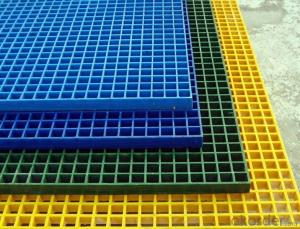Silicone coated fiberglass fabric is a unique and versatile material that combines the strength and durability of fiberglass with the flexibility and heat resistance of silicone. This combination makes it an ideal choice for a wide range of applications, from high-temperature environments to demanding industrial settings. In this article, we will explore the many benefits of using silicone coated fiberglass fabric and how it can provide protection with performance in various scenarios.
The Power of Two: Fiberglass and Silicone
Fiberglass is known for its high tensile strength, making it a popular choice for reinforcing materials. Silicone, on the other hand, is prized for its ability to withstand extreme temperatures and maintain its flexibility over time. When these two materials are combined, the result is a fabric that is not only strong but also highly resistant to heat and other environmental factors. This makes it perfect for use in applications where durability and heat resistance are paramount.
A Closer Look at the Benefits
One of the key benefits of silicone coated fiberglass fabric is its heat resistance. It can withstand continuous exposure to temperatures up to 500°F (260°C), making it suitable for use in ovens, boilers, and other high-temperature equipment. This fabric is also non-stick, which means that it won’t adhere to materials that come into contact with it, reducing the risk of damage and making it easier to clean.
Another advantage is its resistance to chemicals. Silicone coated fiberglass fabric is impervious to most chemicals, making it an excellent choice for use in chemical processing plants and other environments where exposure to corrosive substances is a concern. This resistance also extends to UV radiation, ensuring that the fabric remains durable and functional even when exposed to direct sunlight for extended periods.
Versatility in Action
The versatility of silicone coated fiberglass fabric is evident in the wide range of applications it can be used for. From automotive and aerospace industries, where it is used for insulation and protection of components, to construction, where it serves as a heat shield for roofs and walls, this fabric is a go-to solution for many industries. It is also popular in the culinary world, where it is used for oven mitts, baking mats, and other heat-resistant kitchen accessories.
A Protective Layer for Your Projects
Using silicone coated fiberglass fabric adds an extra layer of protection to your projects. Whether you’re working on a DIY home improvement project or a large-scale industrial application, this fabric can help ensure that your equipment and structures are well-protected from the elements and from wear and tear. Its heat resistance and chemical resistance make it a reliable choice for environments where safety is a top priority.
The Emotional Connection
While it may seem unusual to talk about the emotional connection to a material, silicone coated fiberglass fabric has a way of inspiring confidence in its users. Knowing that your project is protected by a fabric that can withstand heat, chemicals, and time itself can bring a sense of security and satisfaction. This fabric is more than just a protective layer; it’s a testament to the ingenuity of material science and a symbol of resilience in the face of adversity.
The Future of Protection with Performance
As technology continues to advance, the demand for materials that can keep up with the pace of innovation is on the rise. Silicone coated fiberglass fabric is poised to play a significant role in this future, offering a combination of protection and performance that is unmatched by other materials. Its ability to adapt to various applications and withstand harsh conditions makes it a valuable asset in the quest for progress and innovation.
Wrapping Up
In conclusion, silicone coated fiberglass fabric is a remarkable material that offers a perfect blend of protection and performance. Its heat resistance, chemical resistance, and versatility make it an ideal choice for a wide range of applications. Whether you’re in need of a protective layer for your industrial equipment or a reliable solution for your home kitchen, this fabric is a smart and effective choice. So, the next time you’re faced with a challenge that requires a material that can stand up to the test of time and conditions, consider silicone coated fiberglass fabric as your go-to solution.

